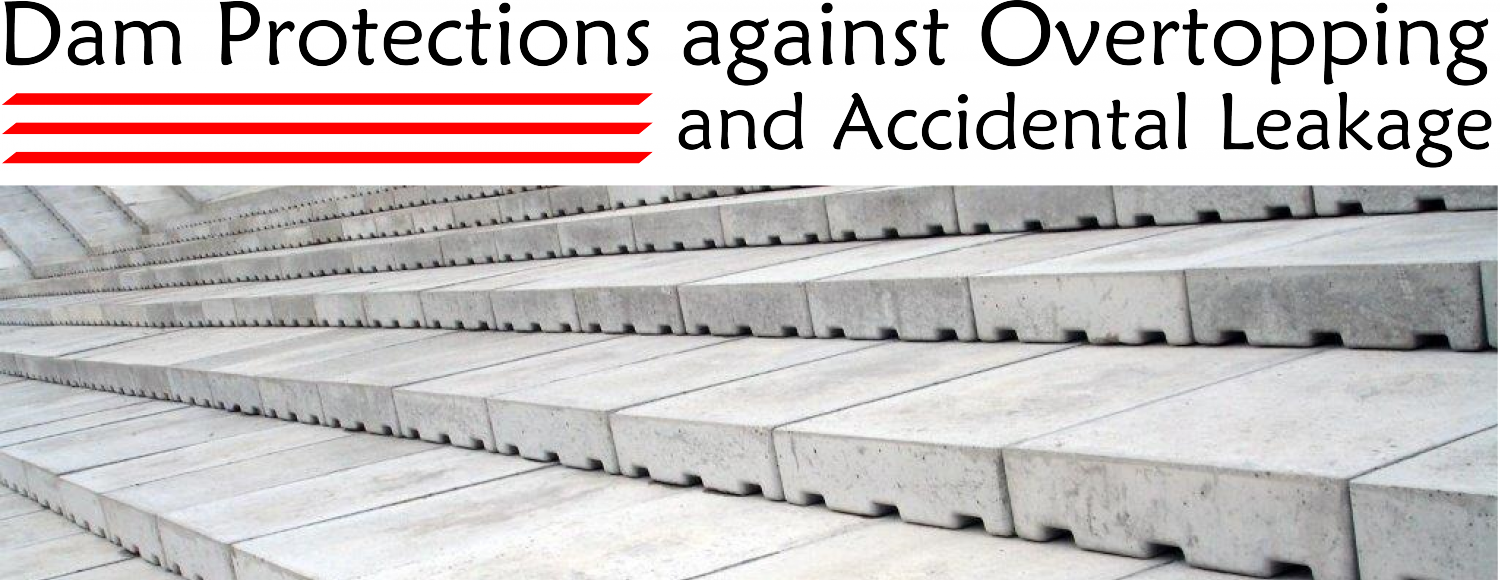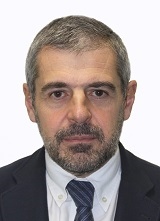
Luis Balairon Pérez (Madrid, 1967) is Ph.D. in Civil Engineering since 1991 by the Technical University of Madrid. Currently is the chief executive of the Laboratory of Hydraulics of the Hydrographic Studies Center of CEDEX (Ministry of Public Works and Transport). Since 1997 is also Associate Professor of the University of Salamanca where was involved in different masters and specialization courses. Is the author of four books related to his specialization and directed several technical symposiums and congresses, participating as a lecturer in a large number of professional events. He is also chairman of the Subcommittee of sewer systems of the AENOR Technical Committee of Water Engineering Standardization. Worked in several hydraulic works projects as well as in hydrological planning studies, both at national and international levels, and directed regulatory works of CEDEX for different national institutions, especially in the area of water pipelines.
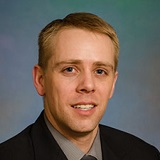
Brian M. Crookston, PhD, PE, M.ASCE is a hydraulic engineer with Schnabel Engineering. His consulting and research interests are focused on water conveyance systems, including hydraulic structures, open channel flows, energy dissipation, flow acoustics, dam, and levee breaches, overtopping protection, scour and erosion, and physical and numerical modeling. Brian serves on the IAHR Hydraulic Structures Technical Committee Leadership Team and is Scientific Chair of the 6th International Symposium on Hydraulic Structures.
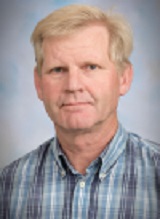
Dr. Robert Ettema is the Harold Short Endowed Chair at Colorado State University. Received his undergraduate and graduate education at Auckland University, New Zealand. He has held faculty and administrative positions at the University of Iowa and the University of Wyoming prior to joining Colorado State University. His main research and expertise interests involve a range of aspects regarding water engineering, including hydraulic structures, river mechanics, and cold-regions considerations. He has served as Editor of the American Society of Civil Engineers’ Journal of Hydraulic Engineering, Associate Editor of ASCE’s Cold Regions Engineering Journal, and has consulted and written extensively on numerous hydraulics and cold-regions problems. Additionally, he is a Fellow of the Institute of Professional Engineers New Zealand and ASCE. Dr. Ettema recently was awarded the Hans Albert Einstein Award for his international recognition in advancing insight and engineering methods regarding sediment transport processes at bridge waterways and other hydraulic structures, sediment transport under ice cover and river morphology, and for promoting river mechanics education and history.
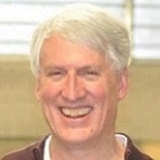
William R. Fiedler, PE, currently a senior advisor at HDR, was a Civil Engineer with the Bureau of Reclamation’s Geotechnical Services Division in Denver, Colorado. He has over 40 years’ experience in dam engineering and has been involved in the design, analysis, and evaluation of spillways, outlet works structures and concrete dams. In the latter part of his career, has been involved in developing and improving risk methodologies at Reclamation. He has organized and helped present dam safety related workshops for Reclamation, USSD, ICOLD, and the Laos Government. He was one of the authors of the FEMA Technical Manual “Overtopping Protection for Dams”.
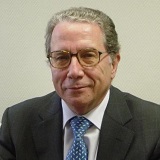
José Polimón was chairman of the Spanish Committee on Large Dams (SPANCOLD) since 2008. His activities have been specially developed in the fields of dams and hydraulic resources working on many international projects in Spain and in other countries for the past 50 years. He is the author of more than 30 technical publications related to dams, hydraulic works, environment, and innovation. As chairman of SPANCOLD is responsible for the organization of more than 30 technical meetings on dams, tunnels, environment, and energy.
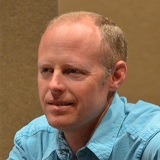
Tony L. Wahl, M.S., P.E., has worked 25 years as a hydraulic engineer with the Bureau of Reclamation Hydraulics Laboratory at Denver, Colorado, specializing in flow measurement, fish and debris screening, dam breach modeling, and soil erodibility measurements. Recently, Mr. Wahl has completed lab-scale physical model studies and performed numerical modeling to investigate breach processes for canal embankments. He has also led studies to evaluate methods for quantifying the erodibility of cohesive soils, a key input to newer dam and spillway erosion and breach models.
